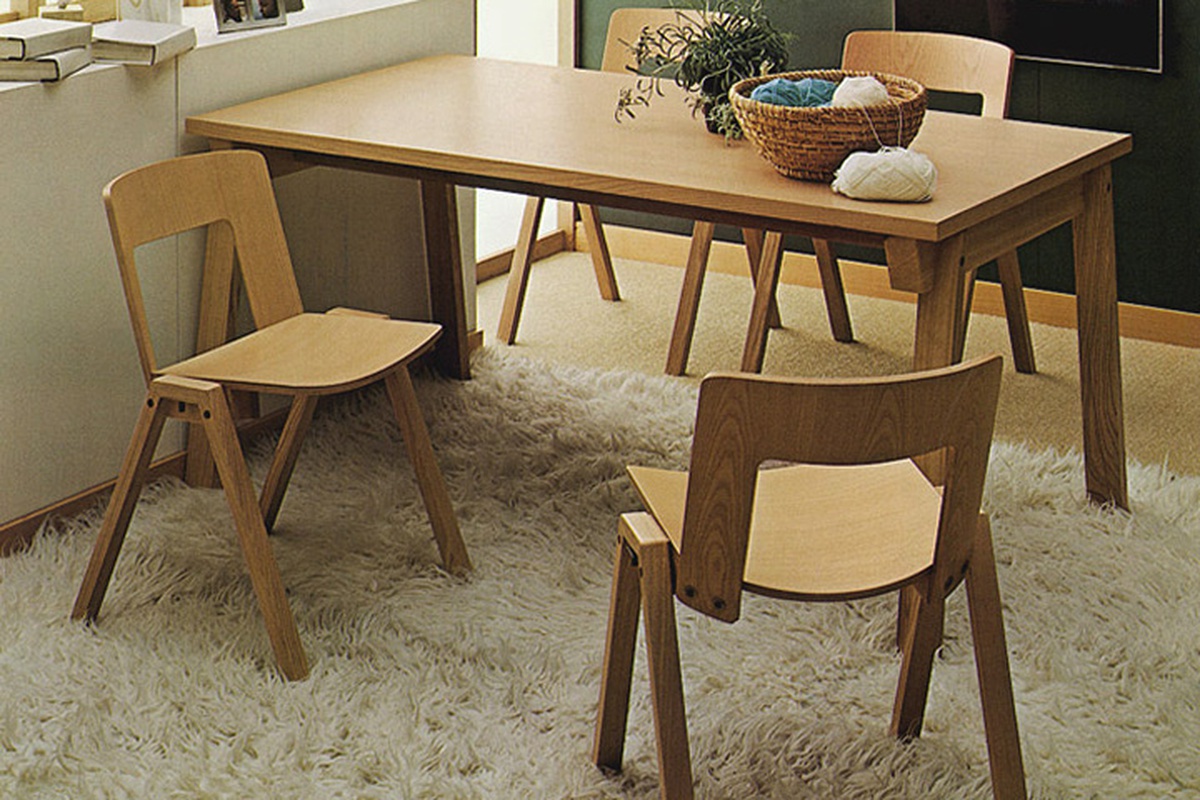Museo del Design del Friuli Venezia Giulia – Associazione di Promozione Sociale
P. IVA e CF 02863400301 – info@mudefri.it
The most part of Mauro Pasquinelli's lifelong engagement with design has reference to "forms of life" typical of its time. Is also contained in the perennial contradiction between mind and body, matter and place. In this framework it is possible to list the priorities of his work.
1. The project stems primarily from assumptions about its more or less predictable use and only secondarily about the assumptions of the process of production.
2. Both use and "non-use" of the project find two exceptional means in the body and in the art. The body helps to solve any "functional" assessment in terms of efficacy tempered by pleasure. The art conveys the practice to a strong process of "reduction" that, while eliminating redundancy and wastefulness,it is clearly able to overcome the mere sum of the involved parties.
3. The project, in its forms, is linear and direct. This is not equivalent to "with economy of means", but be resolute, explicite. The reduction of the elements involved represents an "expensive" achievement, both intellectually and economically, often resulting in the intervention of high-precision technology.
4. The specificity of the project - the relevance of the single elements - is essential in order to design a correct and right product. We need to test and to deeply know the subject because only when you are familiar with it you can anticipate the results, at least for the most part.
1973
Monica
Manufactured by Pallavisini/Thonet
Glulam seat and backrest, solid Beechwood legs.

Monica was originally designed for Thonet, Pallavisini acting only as manufacture. Despite the client, the chair is Italian for style and price: it was judged too expensive for the international market.
The design highlights a core theme for Pasquinelli: to combine the high comfort of a chair - stackable or not - with an extreme concentration of the structural solutions.
Setting published in a Pallavisini’s catalogue, 1970
The rear and front legs are jointed on the top composing a symmetrical easel of constant cross-section. The fastening area between easel, seat and backrest is concentrated in the horizontal area of the chair. The backrest, despite being a thin arcuate trilith, can to be perceived - especially on the front - as a single "perforated rectangle" corresponding to the "twin" rectangle of the seat.
The screws connecting the backrest with the structure are visible, underlining the design. It is a project which combines the unlimited stackability of the chair with elegance and an informal tone conferred by the easel.